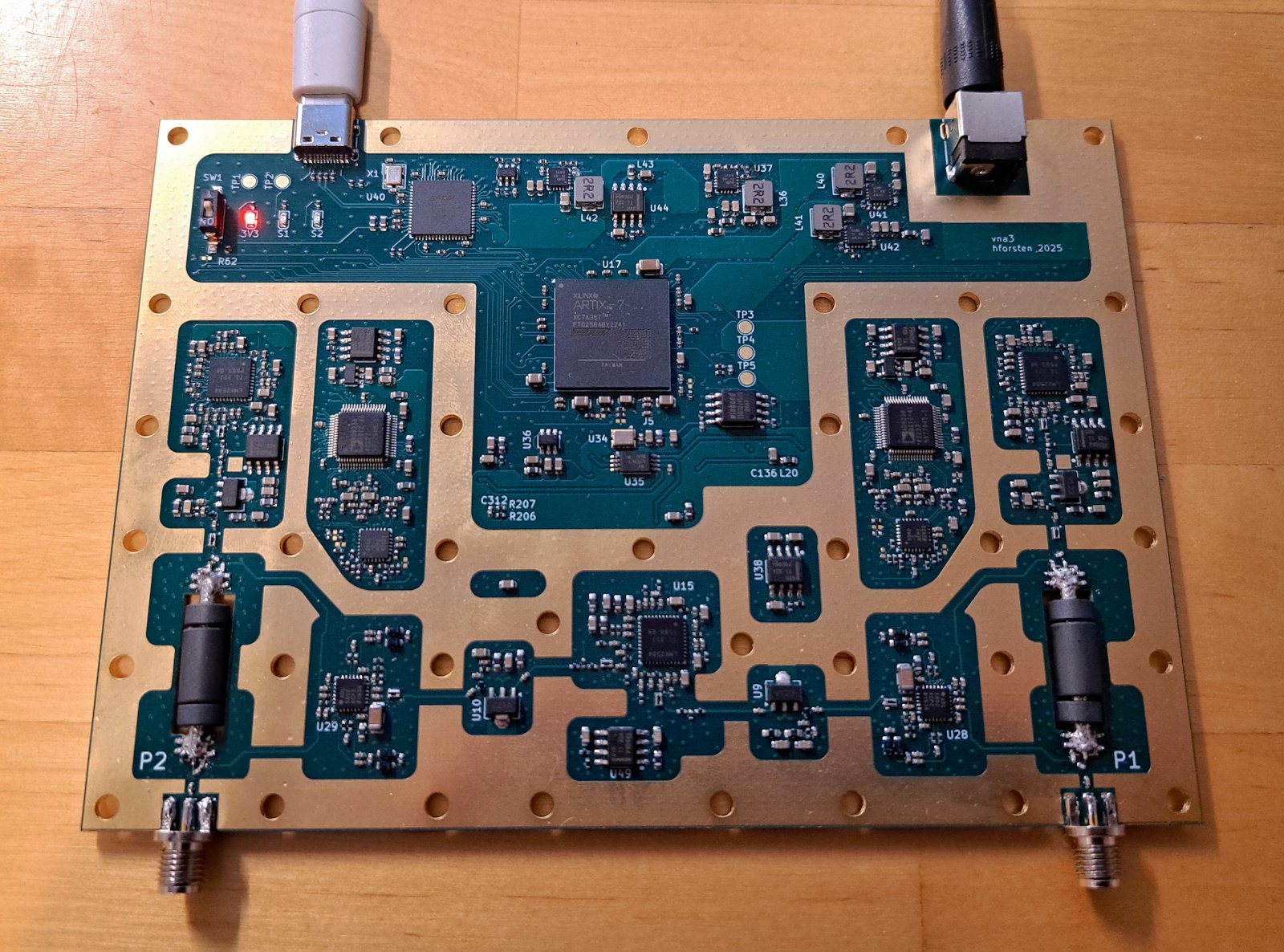Get the latest tech news
Using NASA’s SMAP satellite to detect L-band interference
It was launched to measure moisture. Now it’s ghost-trailing jammers across an electronic battlefield.
So here’s the deal: I didn’t expect NASA’s SMAP satellite — built to measure soil moisture — to end up doing open-source ELINT. Each red blob is a spot where SMAP picked up strong radio frequency interference — most likely jamming, spoofing, or some kind of high-power EW emission. These three lit up the L-band with brightness temps well over 370K — way beyond natural levels — putting them squarely in the high score zone for RFI.
Or read this on Hacker News
